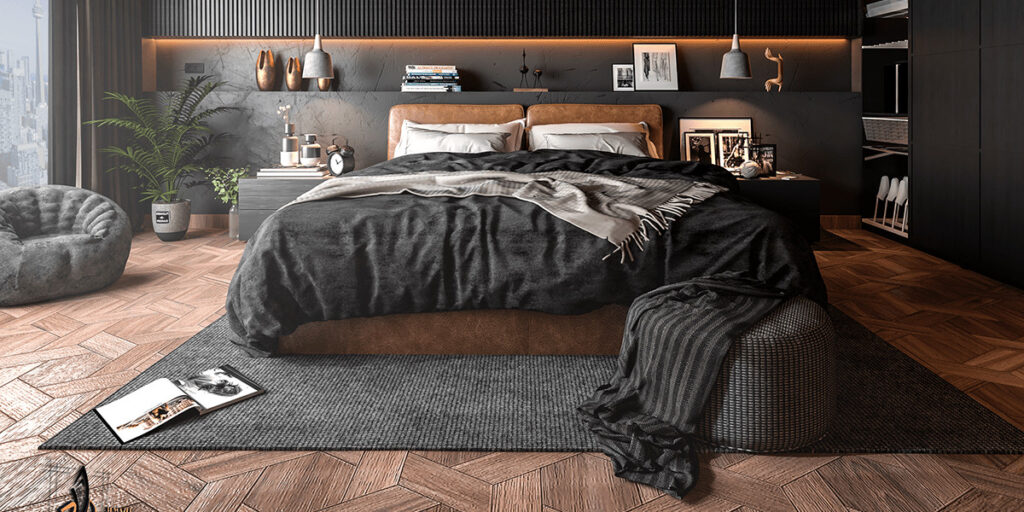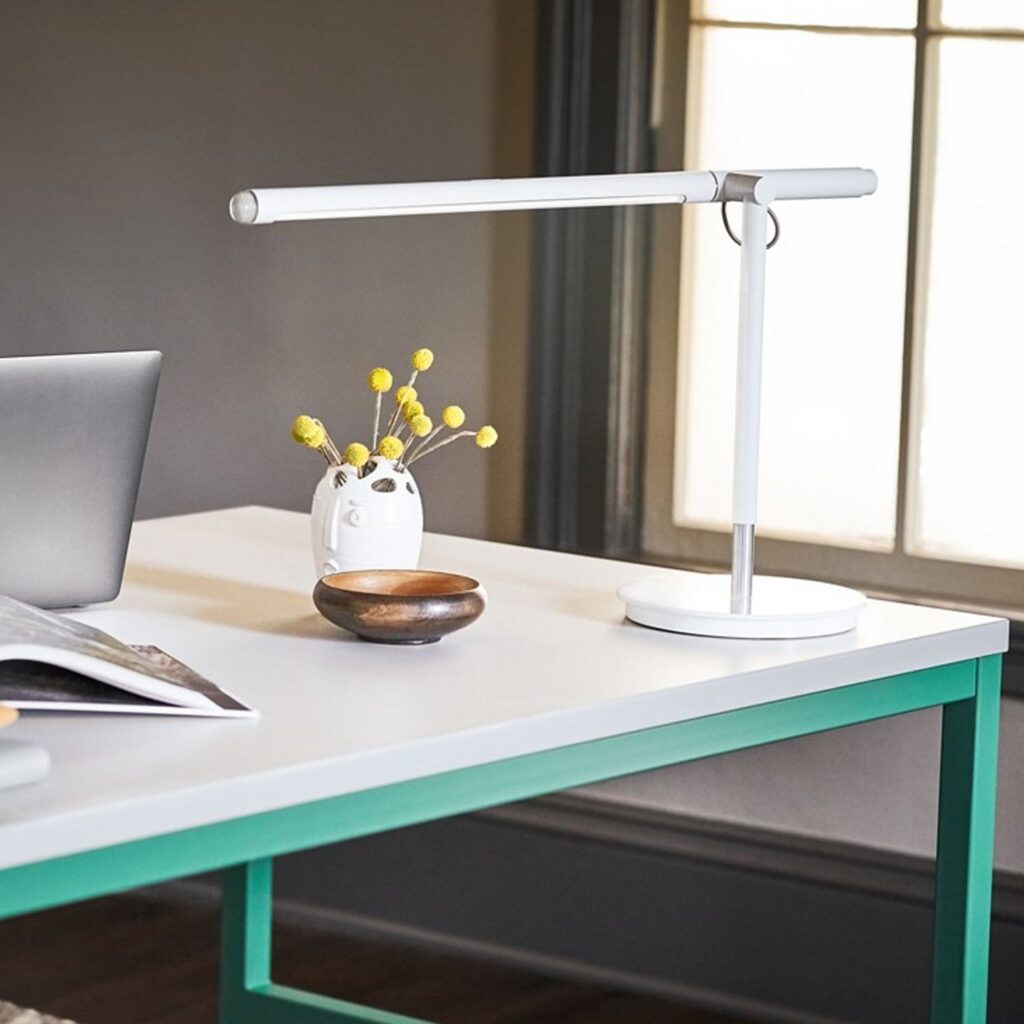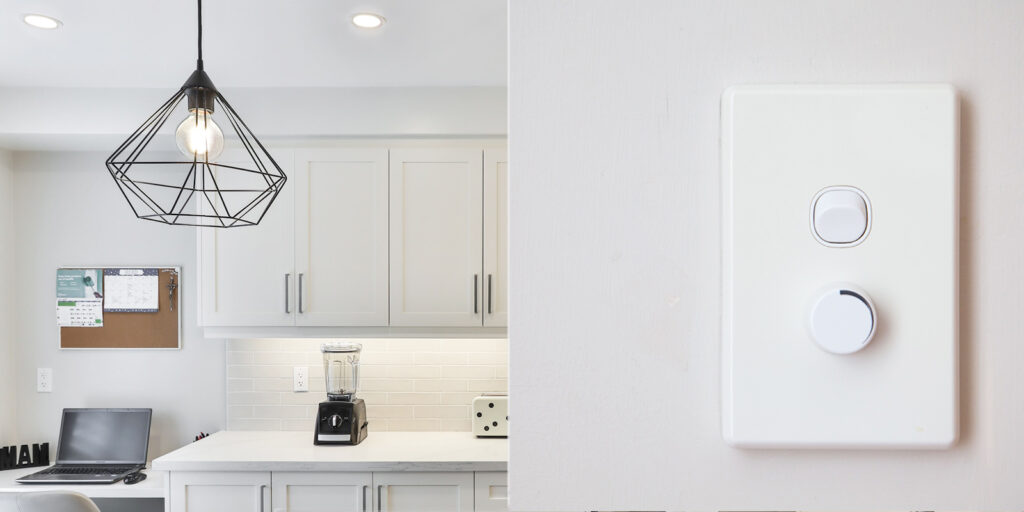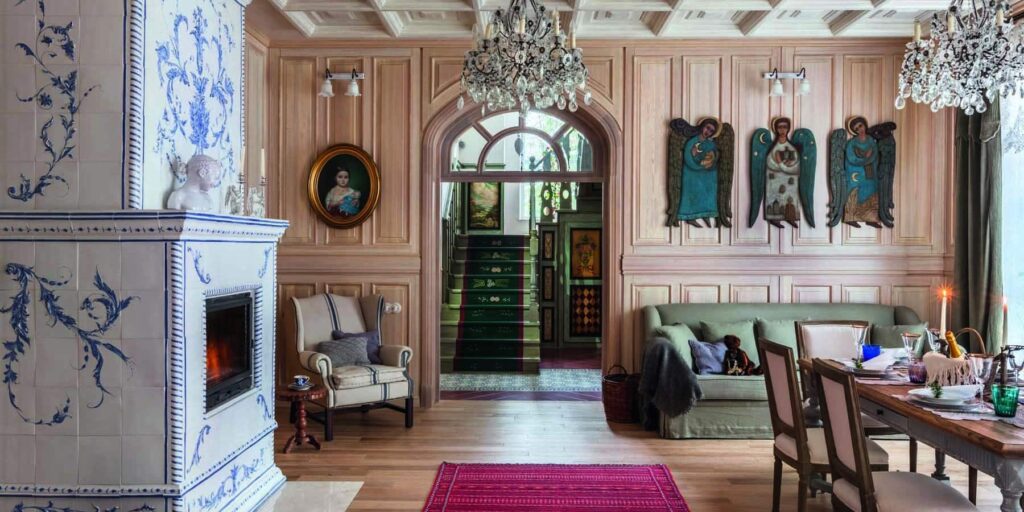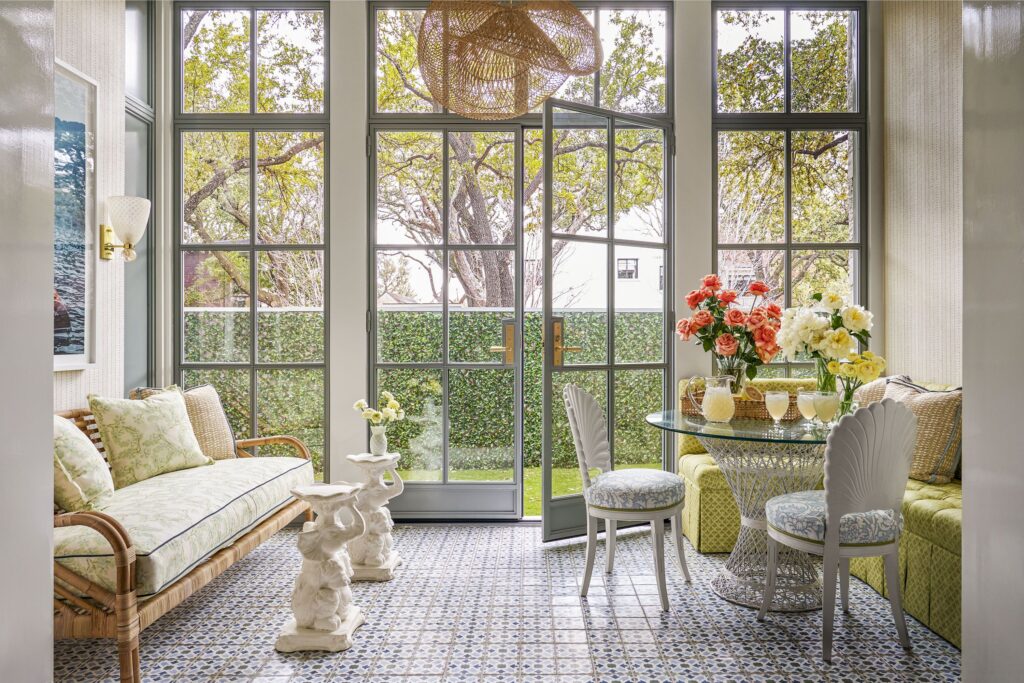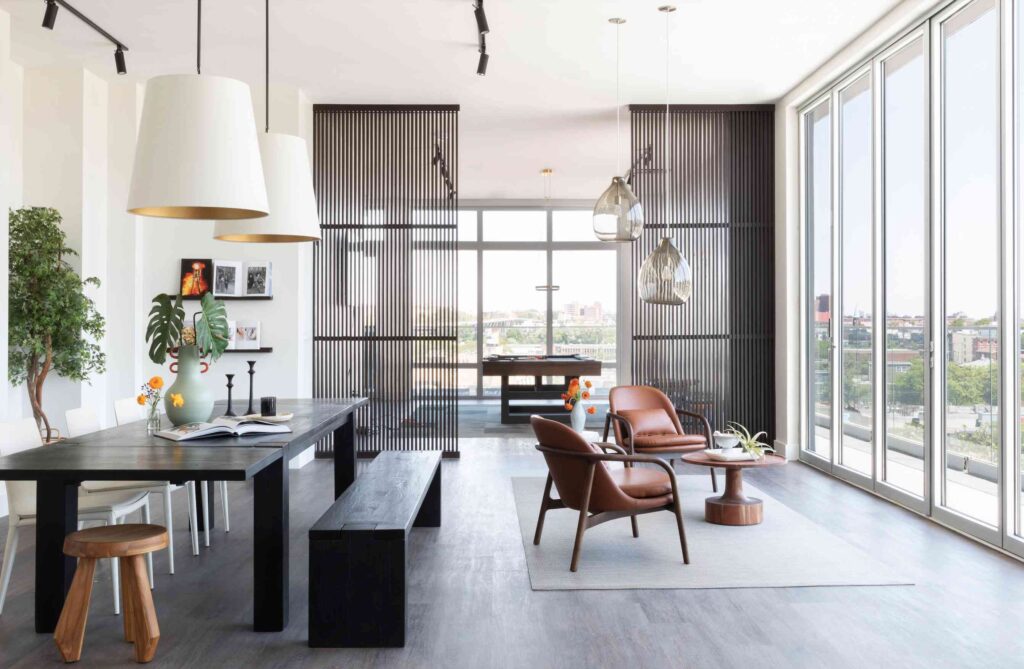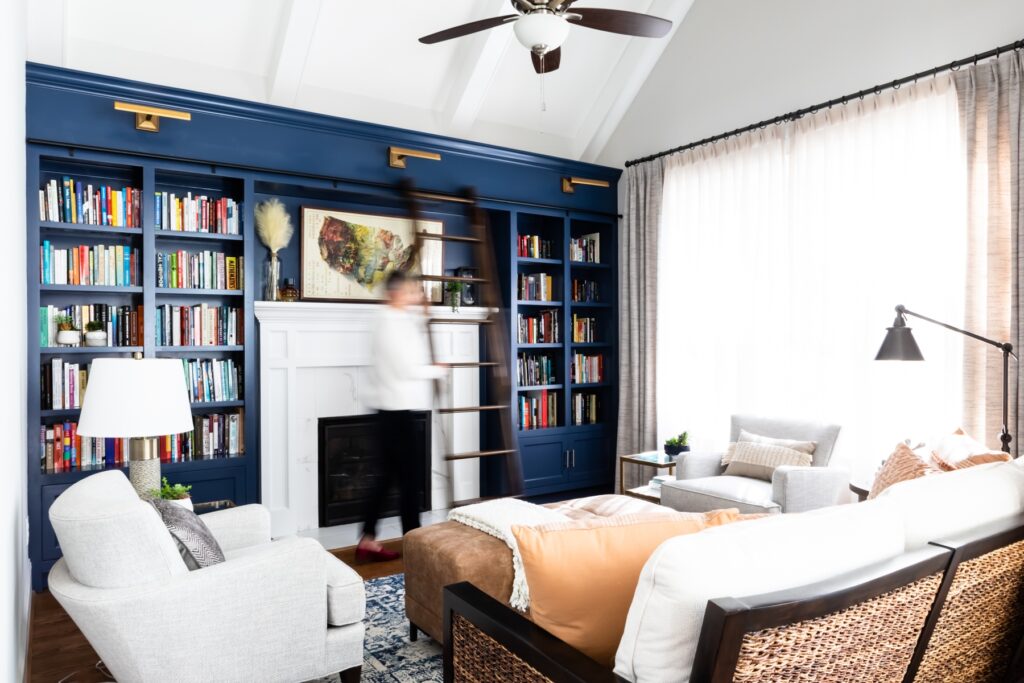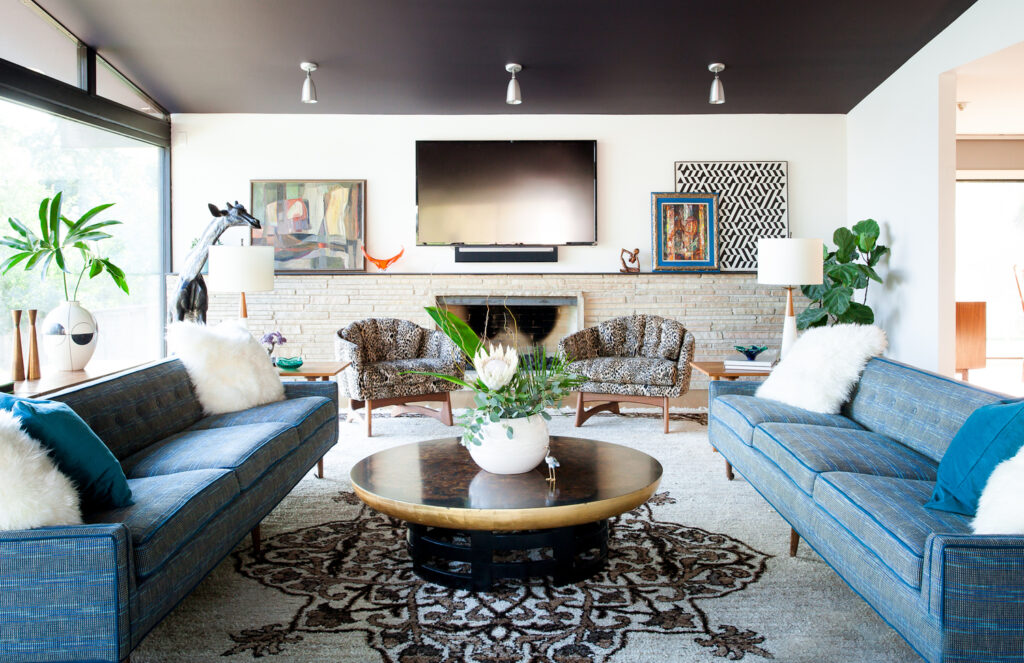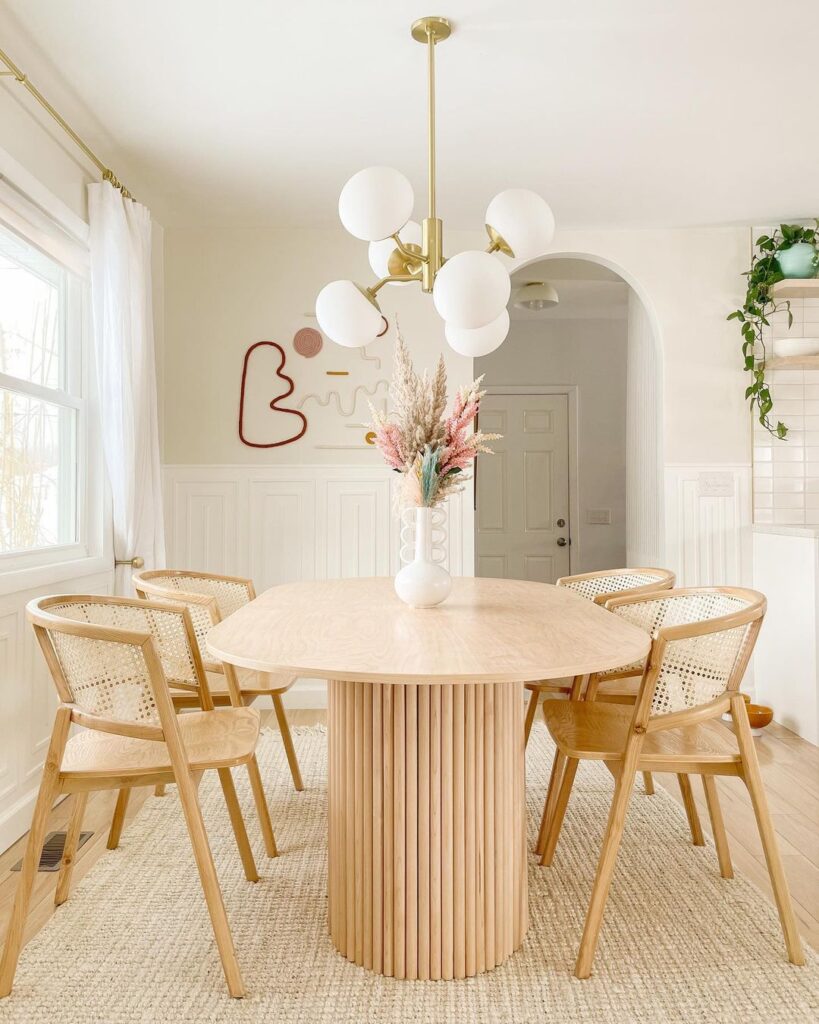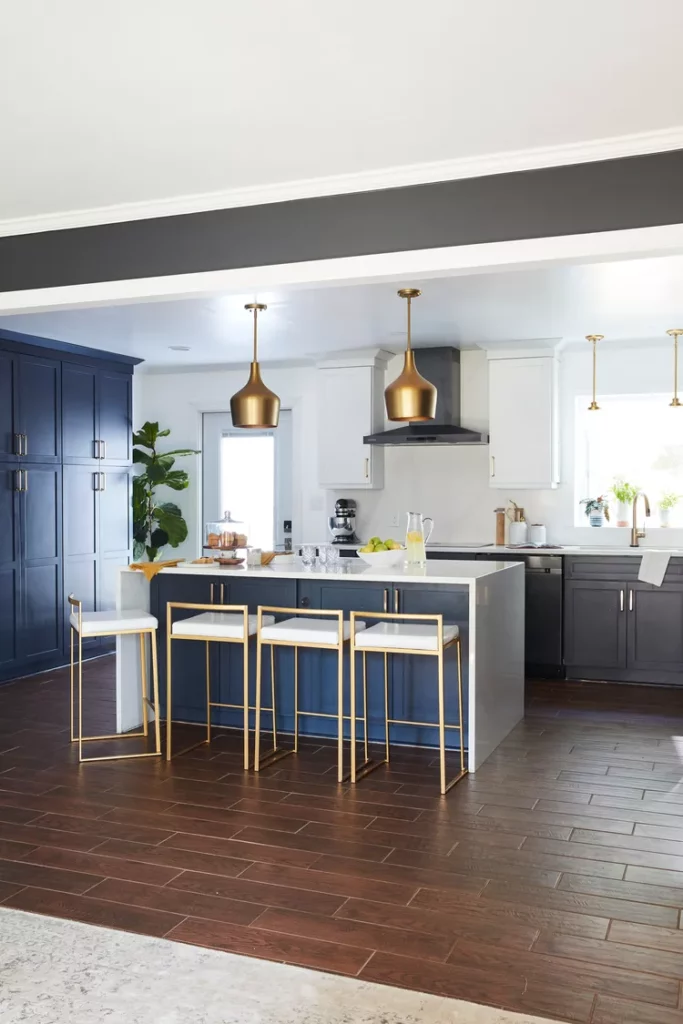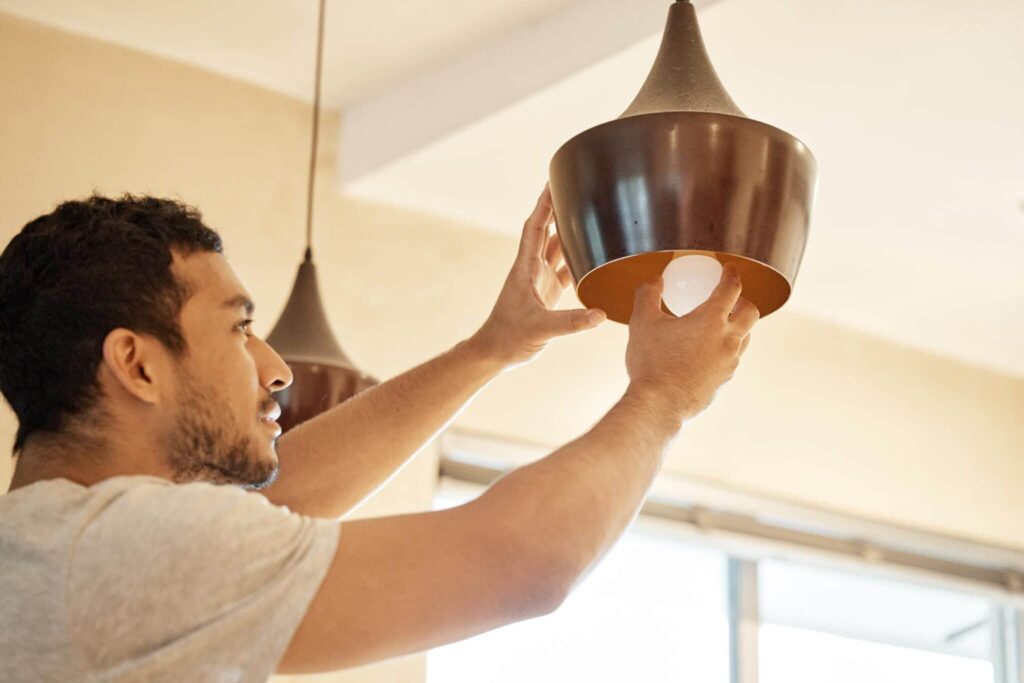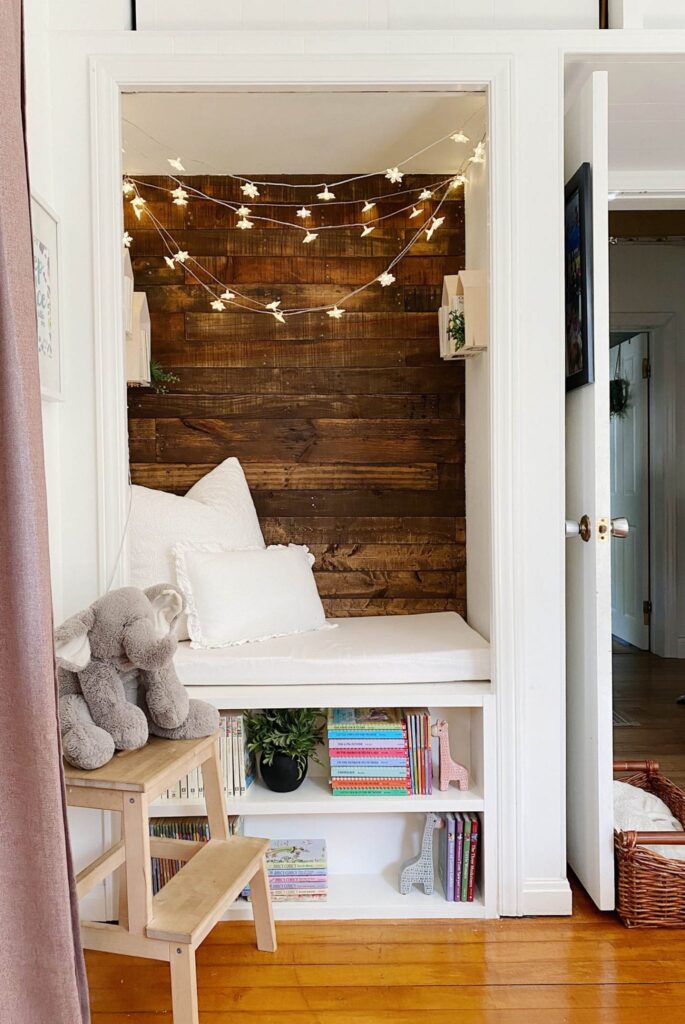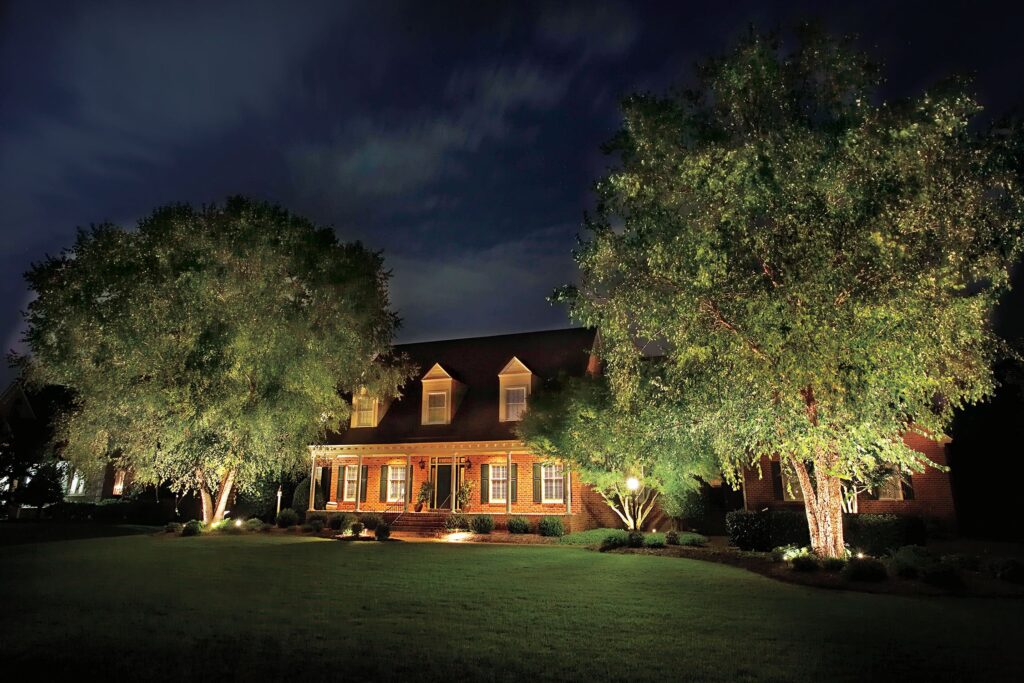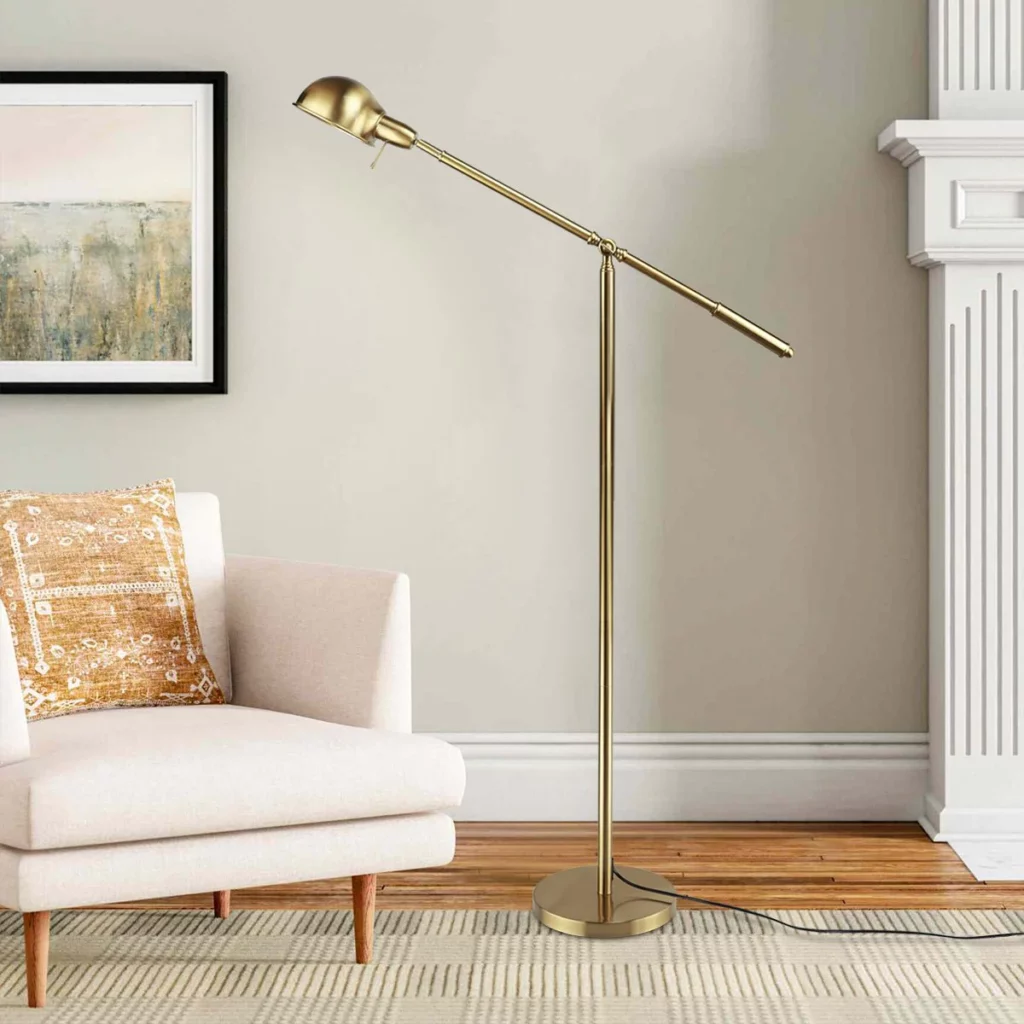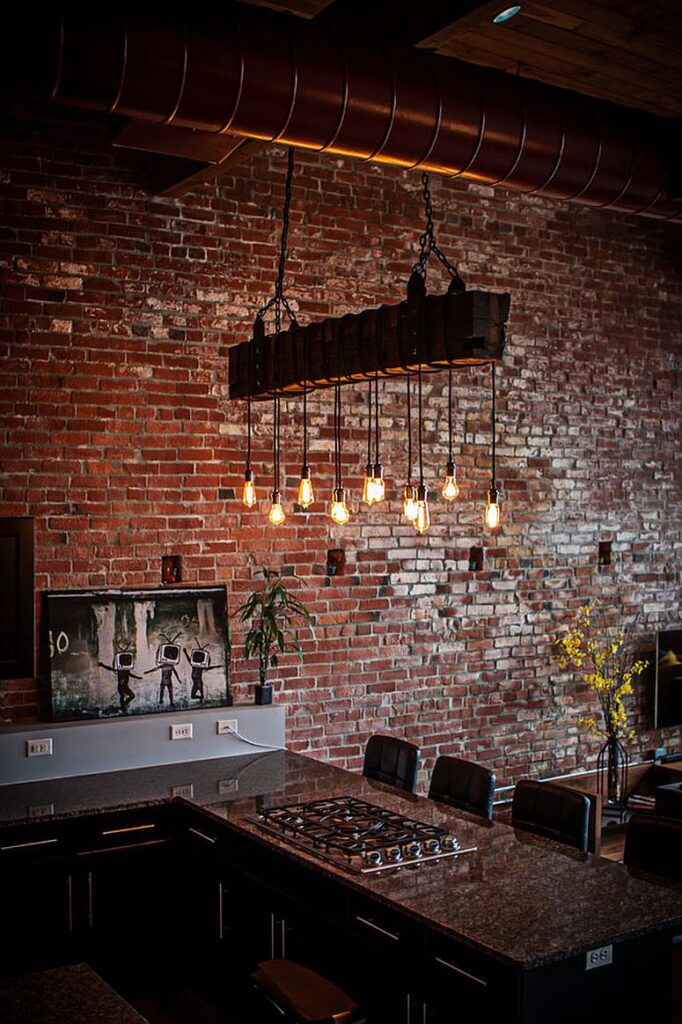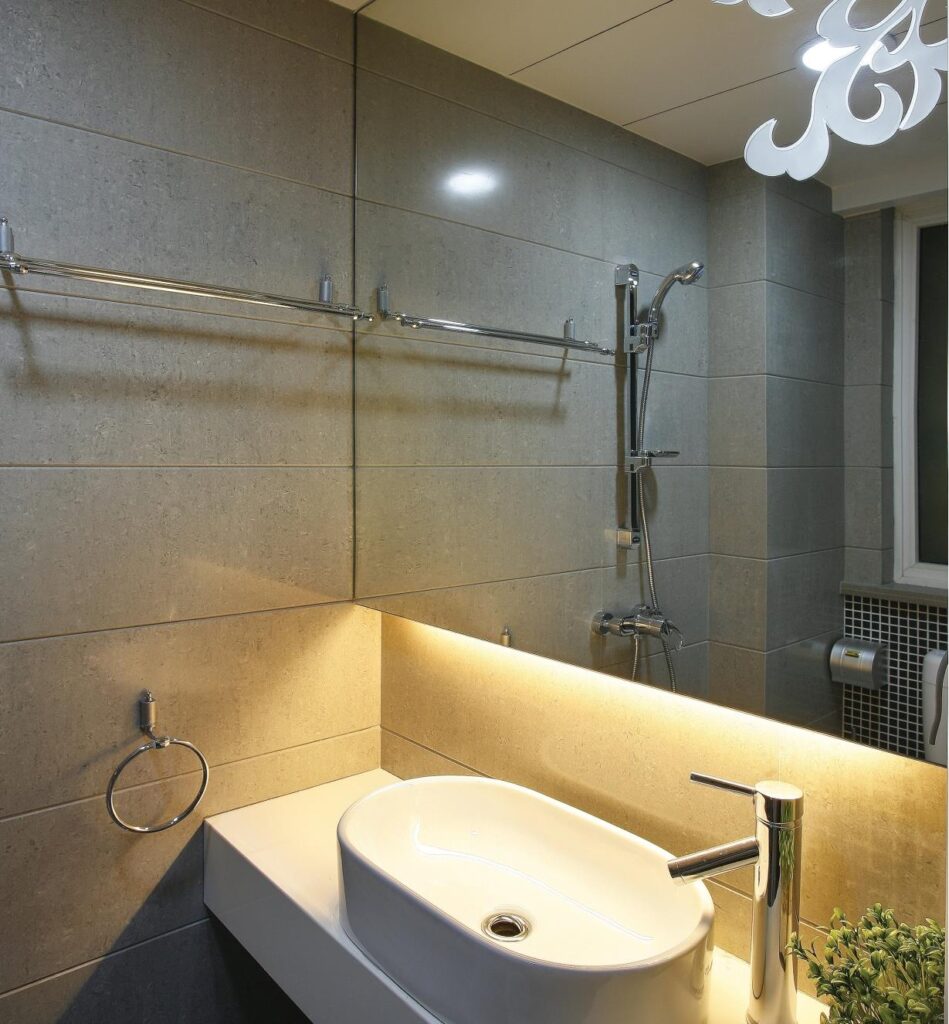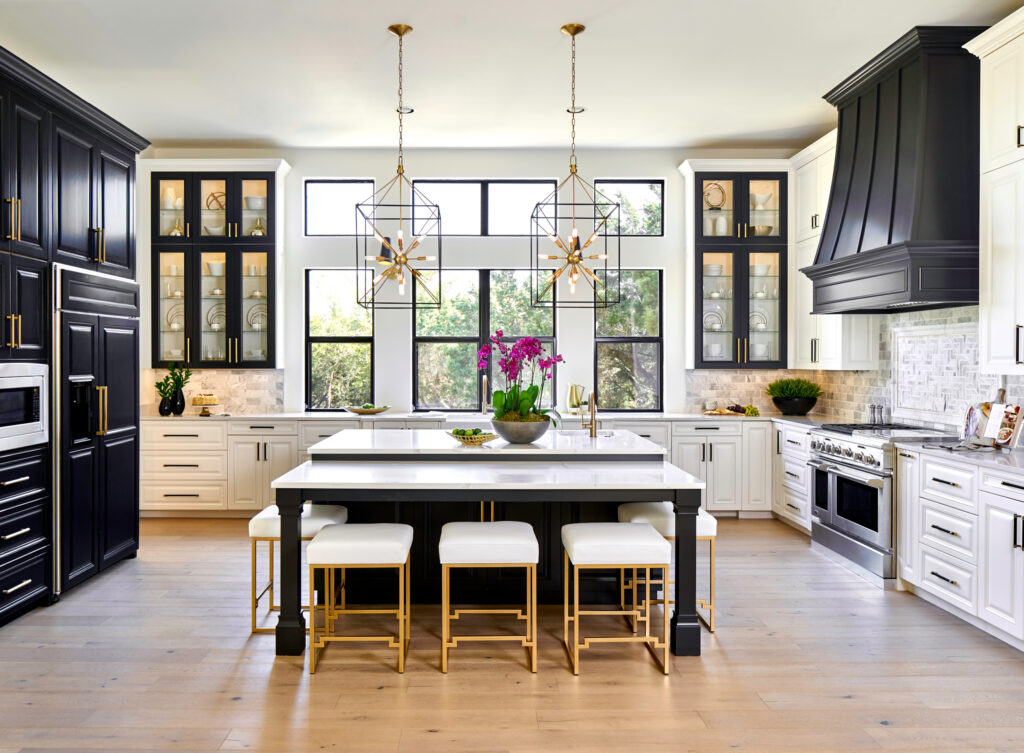Lighting is a necessary and often underestimated element in home decor. It has the (literal) power to transform a space into a warm and inviting haven. Whether it’s creating a cozy ambiance in the living room, providing focused illumination for workspaces, or highlighting the beauty of your decor, the right lighting for the right purpose can make a world of difference. Let’s look at some common lighting mistakes, then move forward with some bright ideas to make your home’s lighting work for you.
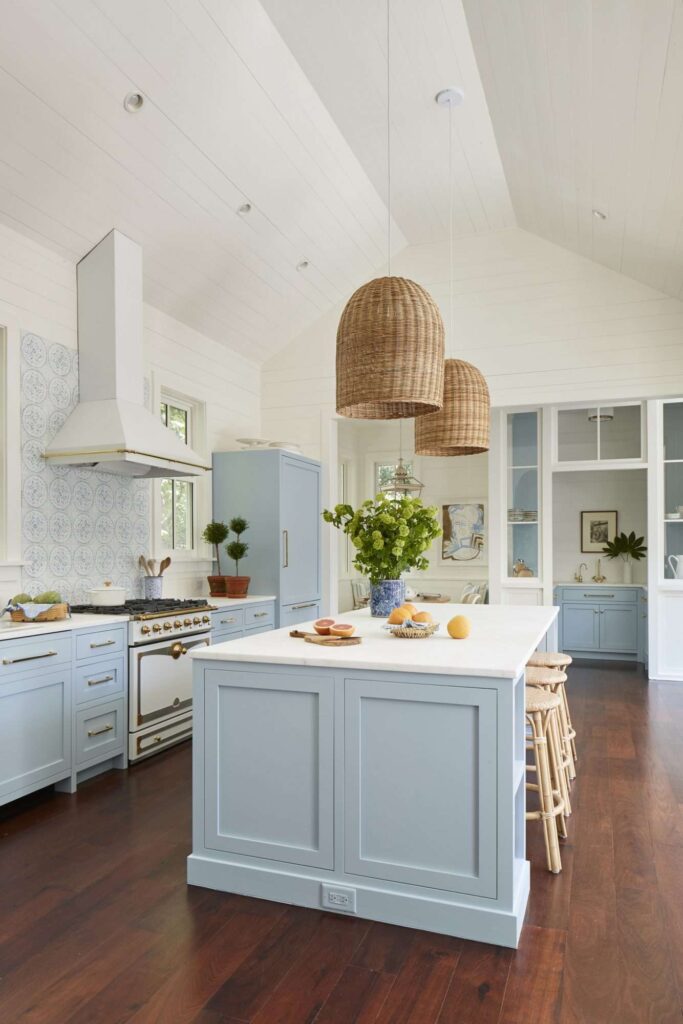
Ignoring the Room’s Purpose
Many homes – especially new builds – utilize the same type of lighting throughout the house without considering the specific needs of each room. Selecting the right lighting for tasks at home is paramount for enhancing the function and comfort of your environment. First, take an inventory of your spaces and needs. Consider bright, focused lighting for work areas and kitchens, softer ambient lighting for living rooms and bedrooms. Task lighting, such as desk lamps or under-cabinet lights, should be strategically placed to provide ample illumination for the activities you and your family partake in regularly.


